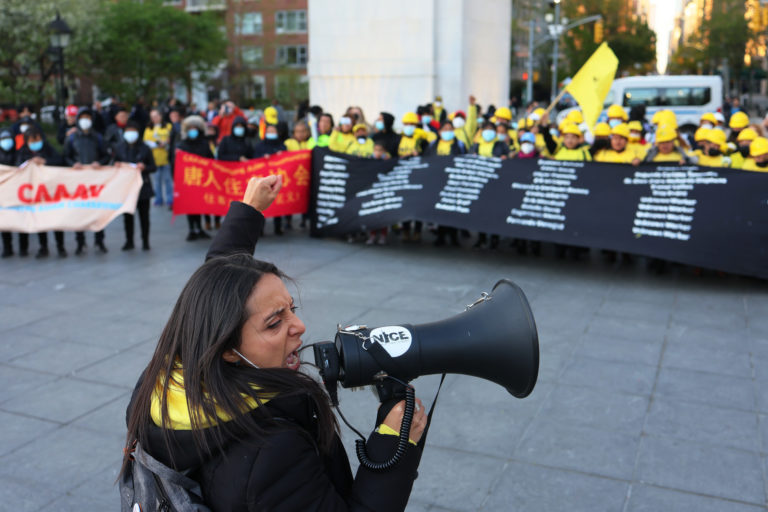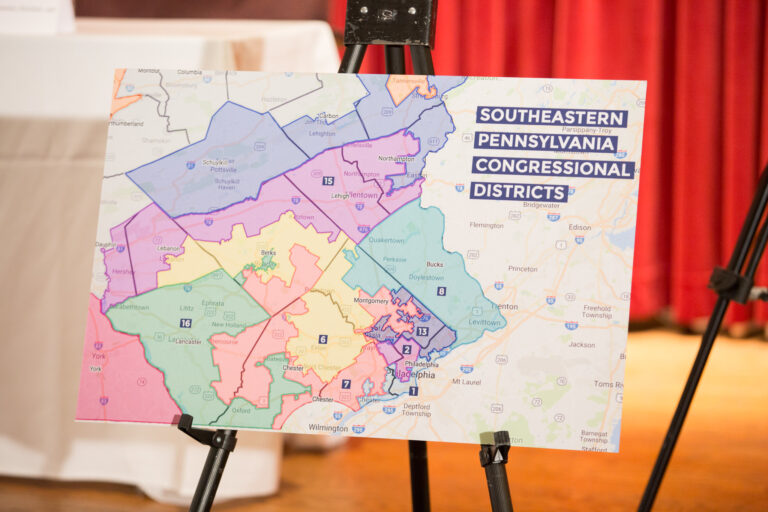
Fred Wang is a student at Harvard Law School.
In today’s News & Commentary, the debate over the tipped subminimum wage heats up, while the Supreme Court hears a case on overtime for highly paid workers.
The debate over wage rules for tipped workers is “heating up,” the New York Times says, as states and municipalities move to rework their tipped-worker wage laws. Here’s the controversy in a nutshell: In most states, an employee is allowed to pay a “subminimum” wage — in some places, as low as $2.13 an hour — to a worker who receives tips, so long as that worker’s total earnings in a pay period equals or exceeds the minimum wage. Critics have long argued that the subminimum-wage model is exploitative — and that it disproportionately harms women workers and workers of color. Part of the issue is that employees are rarely made whole during below-minimum pay periods. Another problem is that managers can use lucrative shifts to keep employees in line. Many businesses, however, have insisted that the system better suits the skills and needs of workers who choose tipped restaurant jobs.
In other employee-compensation news, the Supreme Court last Wednesday heard oral arguments in Helix Energy Solutions Group v. Hewitt — a dispute over whether someone making over $200,000 a year, but is paid by the day, hour, or shift, is entitled to overtime pay under the Fair Labor Standards Act. The technical question is whether Hewitt — an employee at Helix Energy who earned more than $200,000 per year on a daily rate of at least $963 — earned a “salary” (and was therefore exempt from the FLSA’s overtime requirements). As Prof. Charlotte Garden explains in SCOTUSblog, the case has important implications for classes of workers — say, nurses — who earn six figures, but on a by-shift or by-hour basis. For more on the parties’ arguments and justices’ questions, check out Prof. Garden’s SCOTUSblog recap!






Daily News & Commentary
Start your day with our roundup of the latest labor developments. See all
December 19
Labor law professors file an amici curiae and the NLRB regains quorum.
December 18
New Jersey adopts disparate impact rules; Teamsters oppose railroad merger; court pauses more shutdown layoffs.
December 17
The TSA suspends a labor union representing 47,000 officers for a second time; the Trump administration seeks to recruit over 1,000 artificial intelligence experts to the federal workforce; and the New York Times reports on the tumultuous changes that U.S. labor relations has seen over the past year.
December 16
Second Circuit affirms dismissal of former collegiate athletes’ antitrust suit; UPS will invest $120 million in truck-unloading robots; Sharon Block argues there are reasons for optimism about labor’s future.
December 15
Advocating a private right of action for the NLRA, 11th Circuit criticizes McDonnell Douglas, Congress considers amending WARN Act.
December 12
OH vetoes bill weakening child labor protections; UT repeals public-sector bargaining ban; SCOTUS takes up case on post-arbitration award jurisdiction